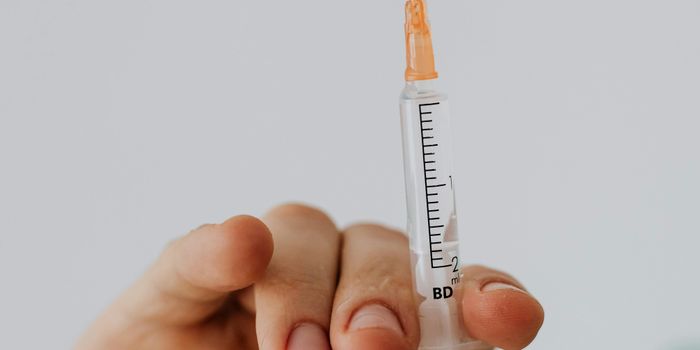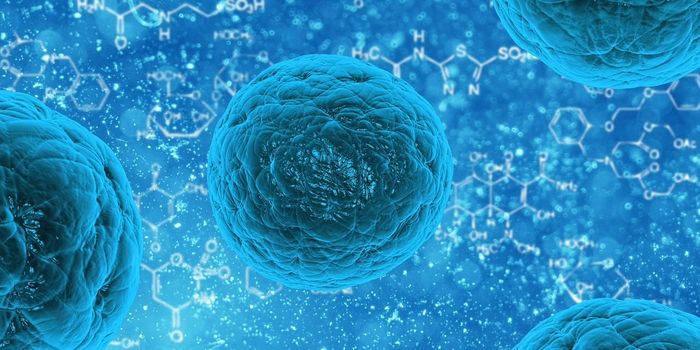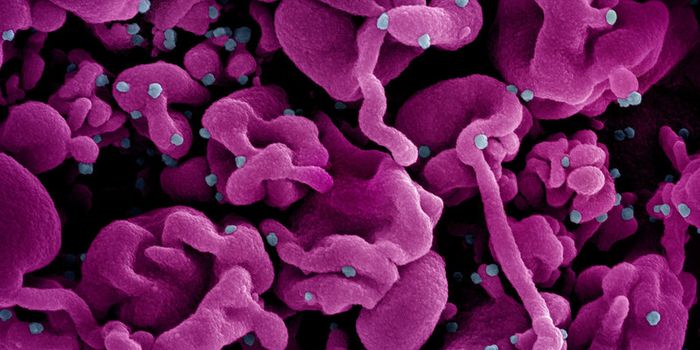Researchers Engineer Artificial Cell Constructs That Send Signals
Researchers study human disease by using models like research animals or cells that grow in dishes. Now scientists have engineered artificial cell assemblies that can send signals to one another. Fatty membranes separate the cells. They can stay in a fixed arrangement and can communicate with each other with molecules like RNA or proteins, which can stimulate more activity. The work has been reported in Nature Chemistry.
"Our system is a first step towards tissue-like, synthetic biological materials that exhibit complex spatial and temporal behavior in which individual cells specialize and differentiate themselves, not unlike biological organisms," explained Friedrich Simmel, a Professor of Physics of Synthetic Biosystems (E14) at the Technical University of Munich (TUM).
At the heart of these synthetic tissues are droplets or gels that are encapsulated in membranes of fat or polymer. These cell-like building blocks are then assembled into structures. Biochemical reactions can take place inside of these so-called micro-tissues, which are able to produce proteins and RNA. Normally, active genes are transcribed into RNA, triggering protein synthesis, so this mimics gene expression inside of these micro-tissues.
The cells also contain protein channels, so signaling molecules can be exchanged between them, a feature that’s critical if scientists want to model live tissue. Chemicals can move inside and through the cells as they would in real life. These signals can also modify the cells, which all start out the same, but can end up as different types.
"Our system is the first example of a multicellular system in which artificial cells with gene expression have a fixed arrangement and are coupled via chemical signals. In this way, we achieved a form of spatial differentiation,” said Simmel.
Synthetic models of human tissue offer an alternative to animal models that can be different from humans or cell culture models that grow in only two dimensions instead of into three-dimensional structures as they would in an organism. The researchers are hopeful that these synthetic tissues will also allow them to learn more about how cells specialize and distribute work to different entities.
These artificial cell assemblies might be useful as miniature biomolecule factories, models where applications can be tested, or as sensors that can detect information and formulate responses. While the assemblies are still constructed by hand, the researchers are planning to move to micromanipulators and eventually, to 3D printing to build larger structures that are closer to what we see in whole organisms.
Sources: AAAS/Eurekalert! Via TUM, Nature Chemistry

-
MAY 07, 2024Is It Anti-RNP or Anti-Sm/RNP?
- See More
-
APR 30, 2024Immuno-Oncology Virtual Event Series 2024
-
MAY 07, 20243rd International Biosecurity Virtual Symposium
-
JUN 06, 2024The Future of Scientific Conferencing
- See More


















































